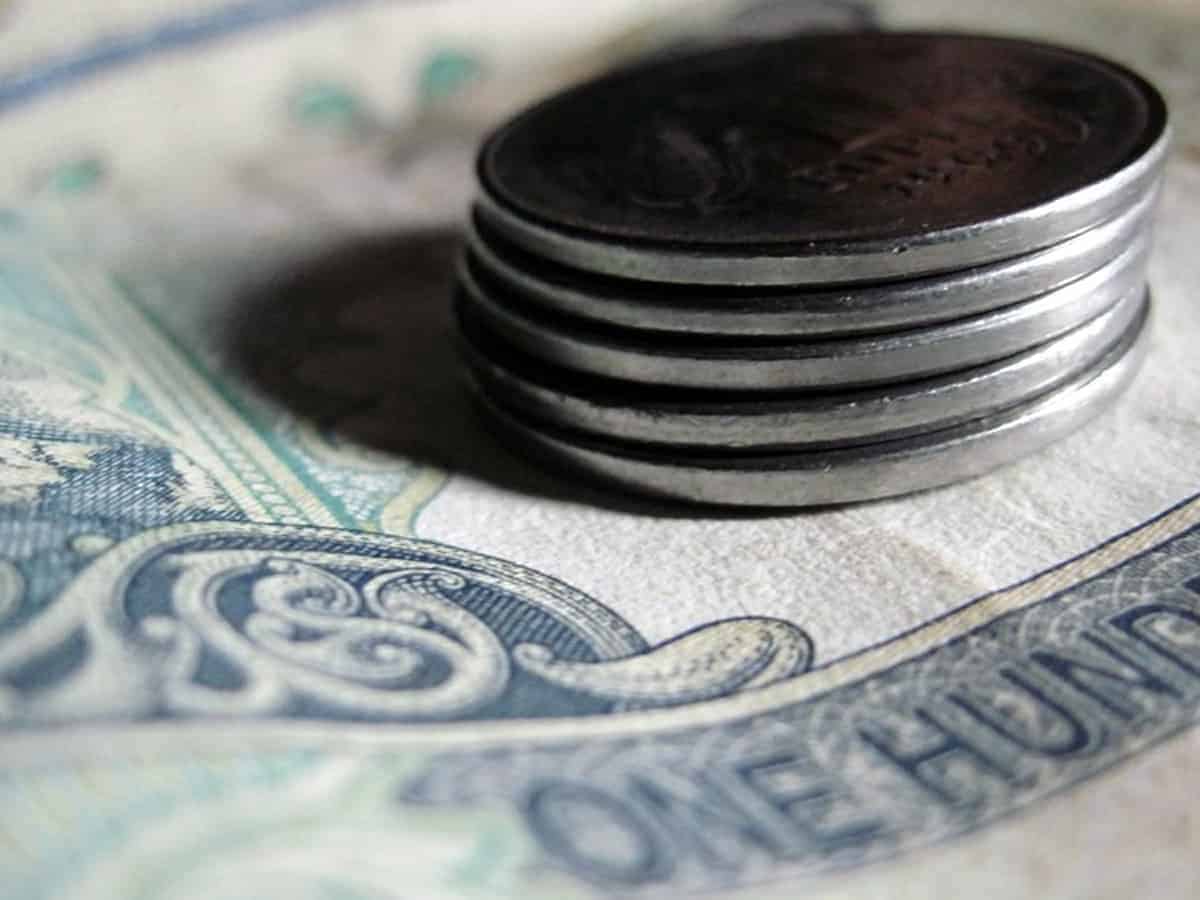
The exchange rates of the US dollar, UK pound, Saudi riyal, UAE’s Dirham, Australian dollar, and other currencies to Indian rupees depend on demand and supply.
Following are the exchange rates as on May 1, 2023.
| Foreign currencies | INR values (Change) |
| US Dollar | 81.75 |
| UK Pound | 102.64 |
| Dirham | 22.26 |
| Australia | 54.10 |
| Saudi Arabia | 21.79 |
Factors that affect exchange rates
Following are some of the factors that affect exchange rates.
Inflation
Interest rates
Flow of capital
Liquidity
Current Account Deficits
Inflation: It is an important factor in the exchange rate calculation. As higher the inflation, the lower the currency value, rupee depreciates with the rise in inflation. Rupee appreciates in case of a fall in inflation.
Interest rate: As global investors who look for fixed income will always get attracted to countries that offer higher interest rates, which contributes to the appreciation/depreciation of the Indian rupee.
Flow of capital: As the inflow of capital will result in a rise in demand for the rupee value, it appreciates the rupee. The opposite happens when there is a rise in the outflow of capital.
Liquidity: It is the money supply in the market. With the rise in the money supply, the rupee loses its value and it results in the depreciation of the currency. If the money supply in the market decreases, the rupee appreciates.
Current Account Deficits: It represents that a country is importing goods valued more that the goods it is exporting. This imbalance results in a fall in the value of the currency.
CAD depreciates the currency whereas, Current Account Surplus appreciates the currency.



